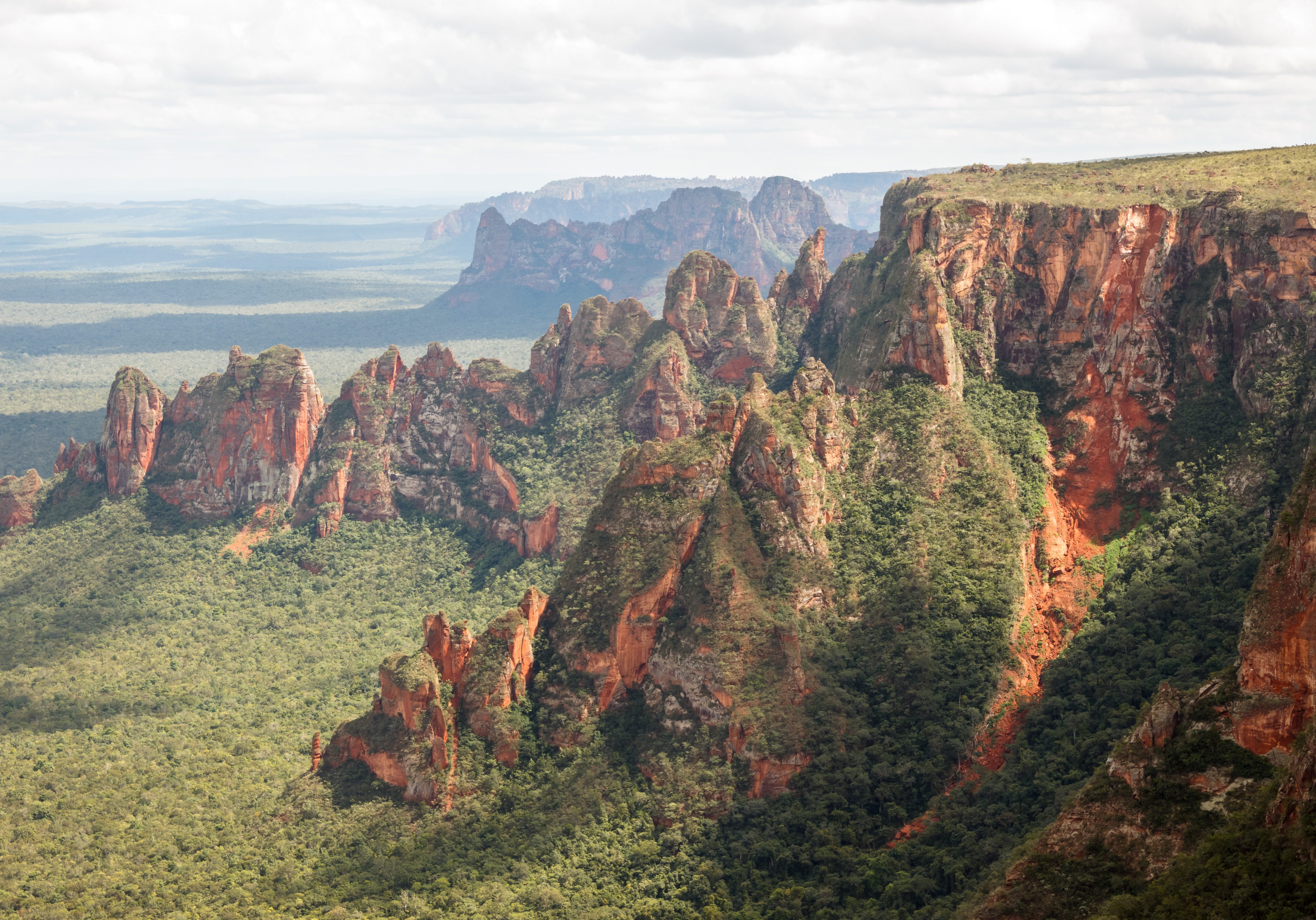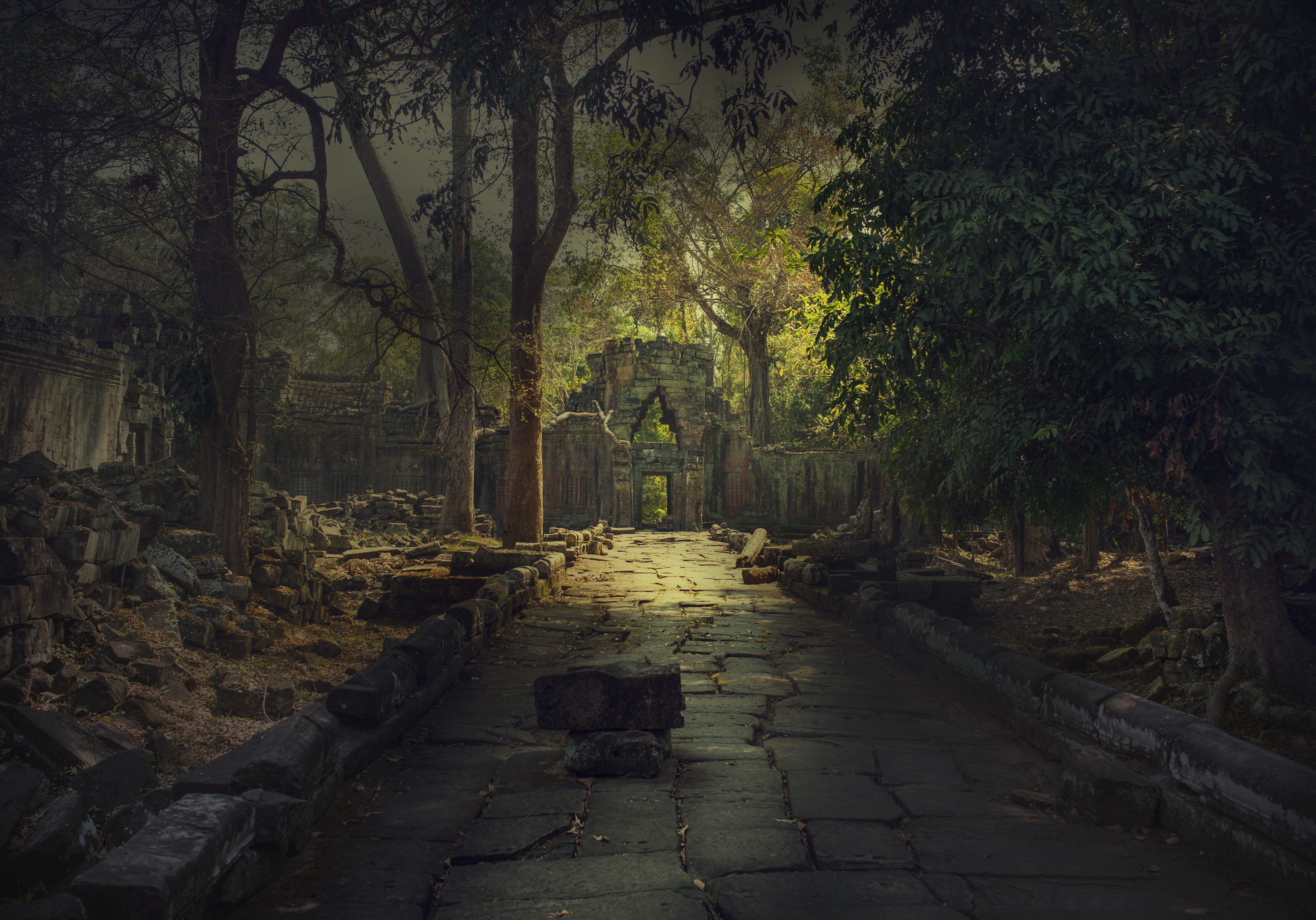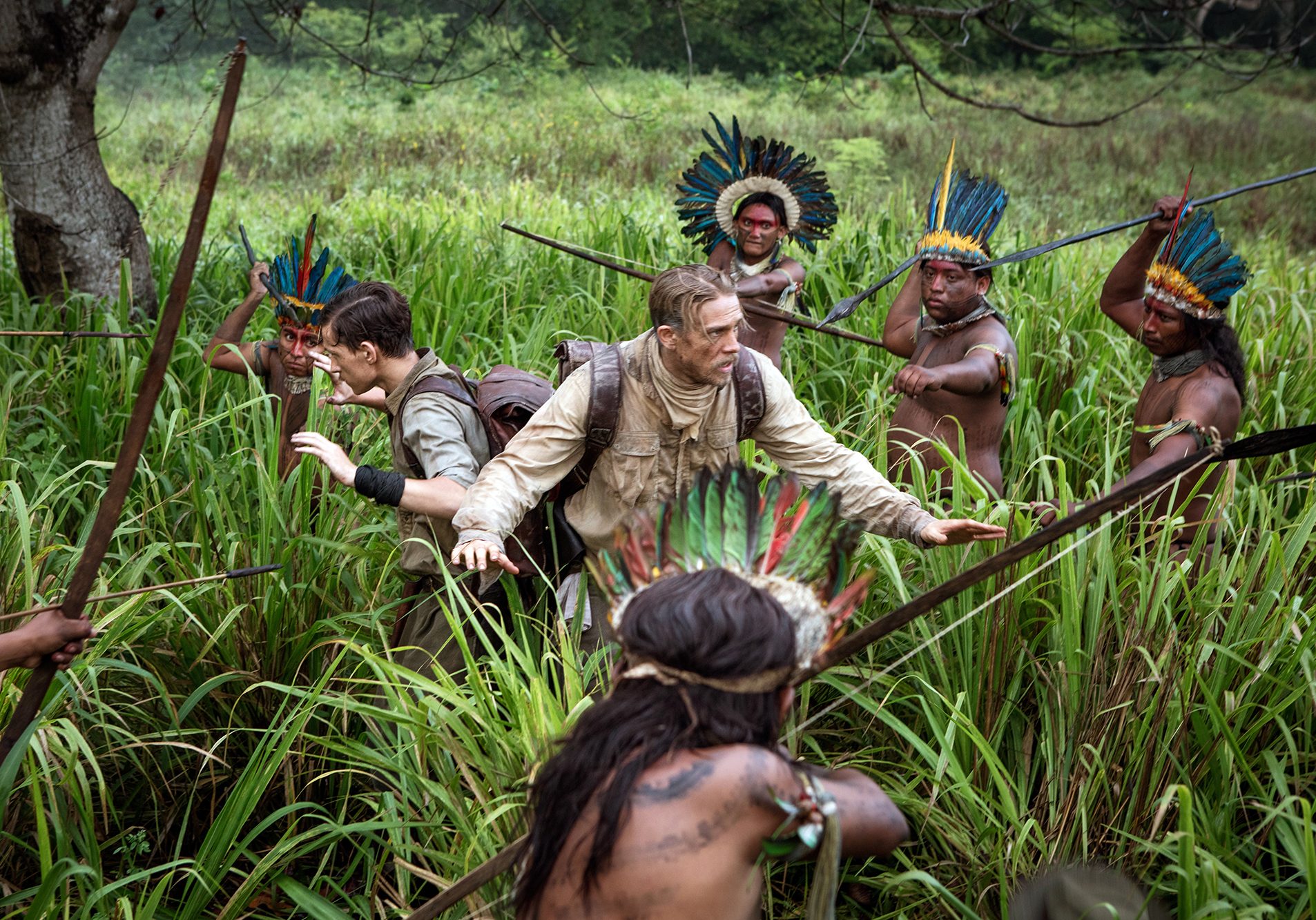THE LOST WORLD
By the end of the nineteenth century, South America had barely been explored. It had very little infrastructure between its cities, relying instead on waterways for travel and trade.
Often, the only available route between cities was a trip down a river that snaked through the thick vegetation of tropical forests. In many places, travel was blocked by groups of hostile, indigenous people who lived along the riverbanks. In other cases, travel was made impossible by powerful, white-water rapids or high waterfalls.
At the turn of the century the governments of South American countries realised the importance of mapping their nations, to firstly mark their boundaries and secondly start laying the infrastructure of roads and telephone lines to connect their cities.
At the same time, educators and explorers from other countries saw the vast continent as a treasure trove ripe for discovery.

THE REAL INDIANA JONES
Colonel Percy Fawcett was born 18th August 1867 in Torquay, Devon. At a young age he developed a love for archaeology, physics and astrology joining the Royal Artillery in 1886.
Overseas postings saw him serving in Ceylon and Morocco, where he would wander off into the local interiors in search for ancient ruins and recording the hieroglyphs that he found. In 1901 he joined the Royal Geographical Society (RGS) to study surveying and mapmaking which unknowingly would prepare him for future expeditions.
He was an imposing individual standing over 6 feet, hard-headed, tough, with an eye for detail and expert organisational skills, perfect for a life of adventure.

HIS EARLY EXPEDITIONS
In 1906 The Royal Geographical Society approached Percy asking him if he would travel to South America to map the borders between Bolivia and Brazil. Tensions had arisen between the rubber plantation owners within the Mato Grosso region, known as the great forest.
Arriving in La Paz he headed into the mountains to Cobija where he quickly established a rapport with the indigenous Indians stating they were a ‘kind and welcoming bunch.’ By 1910 aged 46 he had successfully mapped the borders between the two countries.
Using his learnings and findings Percy began to formulate a theory that a lost civilisation had once thrived in the region of Serra do Roncador near the Rio Xingu in the Mato Grosso in Brazil. This was enforced by a document he found by a Portuguese explorer in 1753 who spoke about the ruins of an ancient city that contained arches, statues and a temple with hieroglyphics. He called this city ‘Z’.

GROWING HIS LEGEND



In 1910 the President of Bolivia requested Percy to come to the capital of Bolivia. He was requested to map the River Heath to resolve a border dispute with Peru. The river was 266 km long and known for its treacherous waters and dangerous Indian tribes.
Fawcett was of the opinion that the Indians would be friendly if he and his companions acted the same way, and so under his guidance they began to navigate upstream. They had the first incident after seven days, where they encountered an Indian camp of the Echoca on a sandbank in the river. The Indians rather than attack fled into the jungle, shooting arrows to dissuade Percy from following them. Percy asked one of the party to play their accordion whilst he singing ‘A Bicycle Made for Two’ and ‘Onward Christian Soldiers.’
The Indians re-emerged and Percy handed them small gifts as a token of friendship. In this way he managed to overcome their fears, aggressiveness and language barriers. In return for the gifts, some of the Indians joined the expedition, which was beneficial in that they had a much better local knowledge whilst he could also learn their cultures and dialects.
Meanwhile his exploits had begun to reach London. He captured many of these within his written journals including shooting a 20m long Anaconda and seeing the famed giant Apazauca spider which terrorised the natives. The latter were ridiculed by scientists, but they failed to stop others turning them into romanticised adventures. These early adventures would influence Steven Spielberg to create ‘Indian Jones’ and Sir Arthur Conan Doyle to write ‘The Lost World.’

THE LAST EXPEDITION
In 1925, at the age of 57, Percy led his final expedition to locate the ‘City of Z’. He decided that he wanted to travel light and with a small group, as it would be easier to interact with the Indians. Prior to leaving for South America he informed the Royal Geographical Society not to launch a rescue party should the group disappear.
On 20th April, the group left the town of Cuiaba heading into the wilderness travelling towards an old campsite that had been used called ‘Dead Horse Camp.’ Dispatches were sent back on a regular basis as he had sold the rights of the expedition to a newspaper consortium.
They arrived at the camp on 29th May where Percy’s wrote a letter to his wife stating, ‘Jack is well and fit and getting stronger every day, you need have no fear of any failure.’ It was the last form of communication. The group set off into the uncharted Mato Grosso never to be seen again.


WAS THERE TRUTH TO HIS THEORY?
His theory was found to be true when Kuhikugu was discovered in 1925 in an area close to where he had been searching. The site revealed a huge urban complex that may have housed up to 50,000 inhabitants, with housing, roads, fortifications and trenches for protection. It is believed that were cultivated fields and orchards in the city. Perhaps the most incredible discovery is that of dams for fish farming.
Further findings happened in a series of discoveries in 1999 located south, in the Xingu region, of interconnected villages known as "garden cities". Dating between 800 and 1600, they included houses, moats and palisades.
The disappearance of this civilisation, as well as other Amazonian civilizations, is related to the entry of diseases such as smallpox and mumps due to the arival of the Europeans. These alone decimated the indigenous Amerindian populations by upto 80% in the 16th century. As the survivors fled the settlements the jungle quickly took back them back, leaving no traces.



